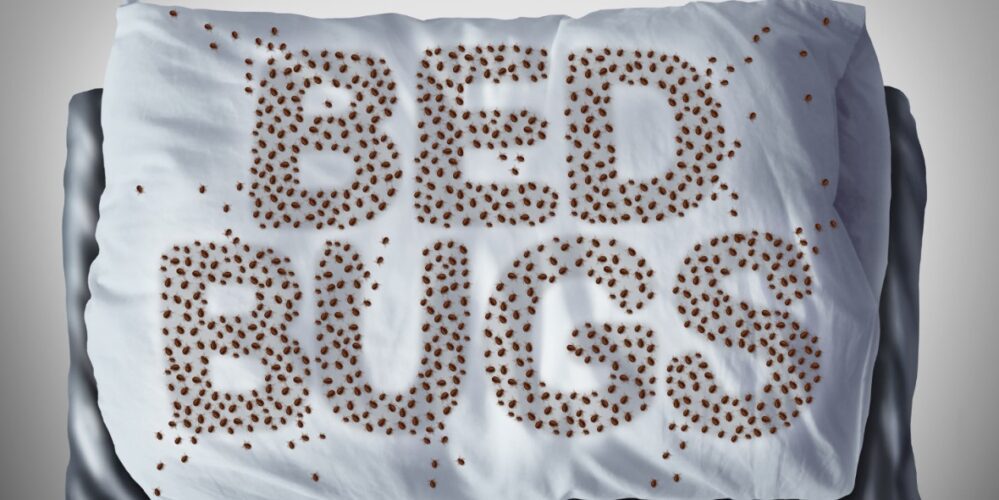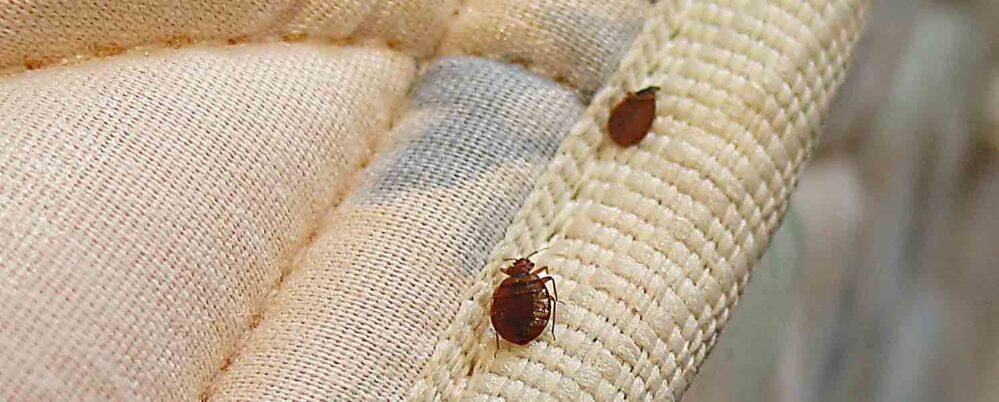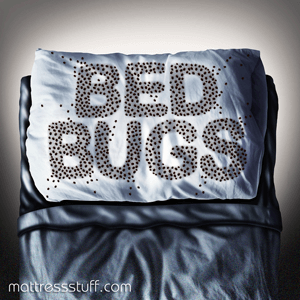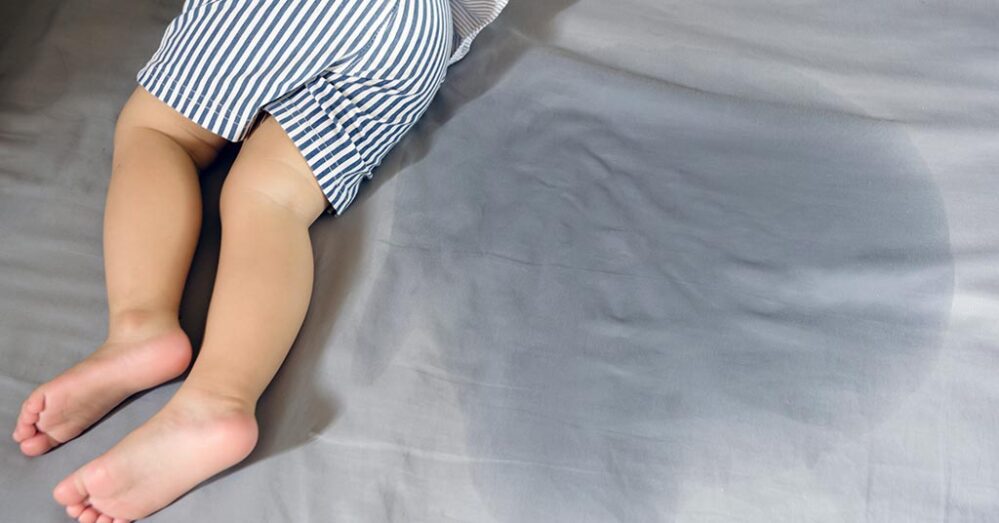
Bed bugs are small parasitic insects that suck blood thereby living off of human and other warm-blooded hosts. They are small, wingless insects, small, but visible to the naked eye.
They appear oval-shaped, approximately 0.2 inches in length, brownish-reddish, flattened shape with prominent eyes and are roughly the size of a tick. Read on to help answer your questions: What are Bed Bugs and What Do They Look Like?
Much like mosquitoes or fleas, these critters stay alive by feeding on our blood. However, unlike common pests, they are nocturnal and most active at night preferring to feed in the dark when most people are sleeping. They are not always evident so many people ignore symptoms while the epidemic slowly continues to grow.
Prolific multipliers as such, they can grow to large numbers throughout your home very quickly. They are very difficult to prevent, given their ability to enter the home in a number of different ways. Small enough to remain hidden in a suitcase or clothing, they can travel from place to place quickly.
How to Check for Bed Bugs. These critters are found worldwide and are dispersed through human travel. Once situated, they are generally confined to a 20 ft area, but they are excellent ‘hitchhikers’ traveling in clothing, suitcases, etc.
They tend to be found in dwellings that are frequently turned over – places like dorms, apartments, hospitals, motels, hotels, and especially used furniture departments. While commercial infestations are a major concern, infestations can also occur in private residences. The manifestation and presentation of symptoms is the same.
- Egg Deposition — On average, the female can lay upwards of 500 eggs in a lifetime at a rate of up to 5 eggs per day. The white eggs are sticky at first and approximately the size of a single speck of dust and will hatch in about ten days. Under ideal conditions, the young will shed their skin five times and can reach adulthood in five to eight weeks.
Symptoms of Bed Bugs will appear shortly after hatching, as the young must take a blood meal before they can grow.
- Bites are often one of the first signs of a bed bug problem. The bites themselves are usually painless and rarely awaken a sleeping person. Bites may only become visible up to nine days after infliction looking similar to a mosquito bite and cause severe itching which may result in secondary infection and scarring.
The bites can be found in clusters or lines just about anywhere on your body, with exposed areas being the preferred feeding ground for the bugs, making your face a target along with arms and legs.
- Physical Signs of Bed Bugs The marked blood stains, droppings and eggs can be found in several locations including mattress seams and tufts, sheets, pillow cases and upholstered furniture. These creatures can even hide undetectable for months in crack of walls, electrical switch plates, magazines, beds and clothes.
Bed bug bites are not currently shown to transmit disease and their presence is not necessarily a sign of poor hygiene. They can be an annoyance because their presence may cause allergic reaction, secondary infection and insomnia.
Remedies and treatments for bed bugs are available. Getting rid of infestation is not easy, but there are steps you can take to prevent bed bugs and more importantly eradicate bed bugs through common sense, safe and natural bedbug removal methods. You can only be successful in eliminating infestation if you understand the questions what are bed bugs and what they look like.






